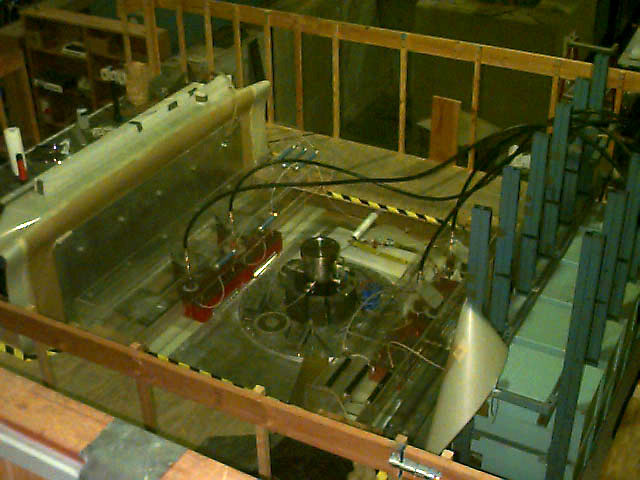

Human existence is critically and inextricably linked with the availability of ubiquitous and economical energy. At some point, our dependence will become critical. For example, when available energy resources are depleted, or when the global environment is unable to sustain food stocks. Even with a rapid advance in a green energy alternative (i.e. wind, solar, hydro, and biological), the impact and scale of conventional energy resources will be insufficient to meet the demands of an expanding population with an increasingly energy-intensive lifestyle.
The energy options most needed, at this time, are high-energy density, unlimited, and clean. Nuclear (fission) energy is a temporary option. Its production cost is competitive with other sources, the fuel availability is unlimited, and the source energy density is roughly a million times larger than its closest competitor. Unfortunately, this form of nuclear energy generates radioactive components with lifetimes measured in tens to hundreds of thousand of years. It is not clean, and it can only be made tolerable.
Nuclear (fusion) energy is one of the most promising sources for an unlimited timeframe and very economical fuel costs. For example, one gallon of seawater can produce energy approximately equal to 300 gallons of gasoline energy. It is a viable alternative, with long-term potential, and is, perhaps, the only nuclear option with an acceptable downside, due to its substantially reduced radioactive nature and, when using advanced fuels, minimal radioactive bi-products. Fusion energy is what powers the stars in the universe, like our sun, on a daily basis.
The production of fusion energy on earth was demonstrated, half a century ago, in the form of the hydrogen bomb. Unfortunately, controlled fusion has yet to produce a sustained, net-energy reaction demonstrating its technical feasibility. There are many technical reasons for this. Most are related to the specific choice of the confinement system and the method for implementing the reaction. Conventional approaches for producing fusion power are based on magnetic confinement (i.e. ITER), or inertial confinement (i.e. NIF), which are too expensive and highly inefficient, with a scientific gain of 1 to 5. The real gain for this technology may be a dream of the distant future.
Recently, a new fusion energy concept has emerged, based on a well-established, physical principle that does have the potential for producing a substantial net-energy gain reaction. It has been studied at the University of California, Irvine, for the past two decades, and is called magneto-inertial fusion (MIF) in a staged Z-pinch.
Present theoretical, computational, and experimental understanding predicts that the basic requirements for producing an amount of nuclear energy greater than what is used to assemble the reaction can be accomplished with this model. State of the art simulation predicts a real gain of 10 to 100 from a machine much smaller than either ITER or NIF.